Big cats have long fascinated humans with their awe-inspiring presence and powerful grace. They dominate their ecosystems with unique adaptations that allow them to thrive in various environments. In this article, we explore seven big cat species known for their extraordinary adaptations that make them masters of their domains. From the high altitudes of the Himalayas to the dense jungles of the Amazon, these majestic creatures have evolved in remarkable ways to survive and thrive.
Siberian Tiger: The Cold-Weather Survivor
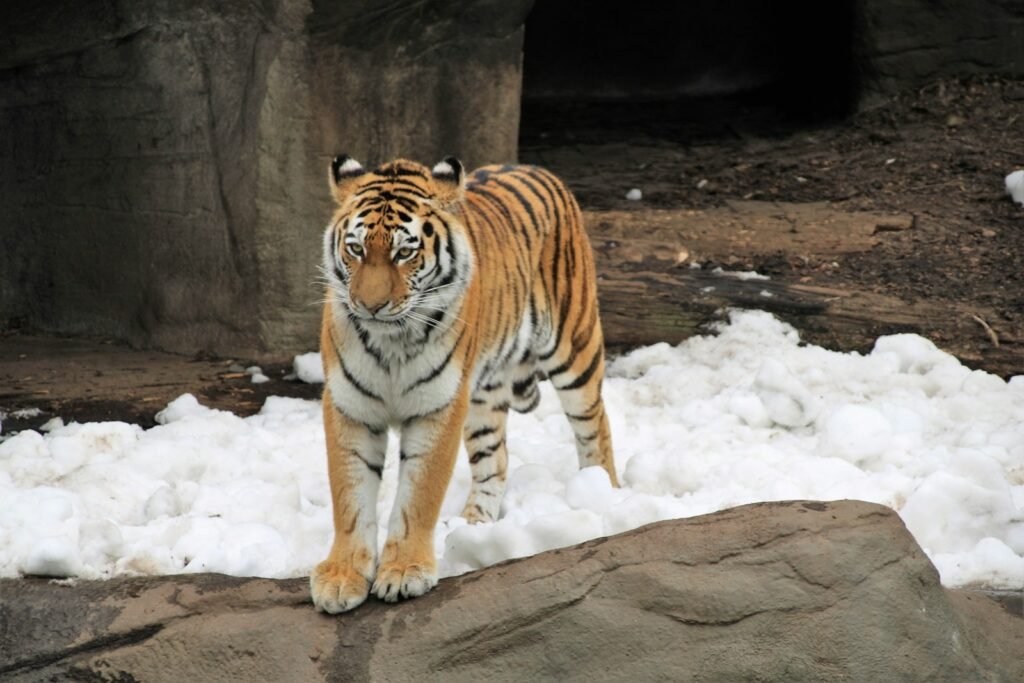
The Siberian tiger, also known as the Amur tiger, is the largest of the big cats and has adapted to the harsh, frigid climates of the Russian Far East. With a thicker coat and a layer of fat to insulate against the cold, these tigers can endure temperatures as low as minus 50°F (-45°C). Their large paws act like snowshoes, enabling them to move efficiently across deep snow. Additionally, their lighter coat coloration helps them camouflage in snowy environments, making them effective hunters in their icy habitats.
Snow Leopard: The High-Altitude Acrobat
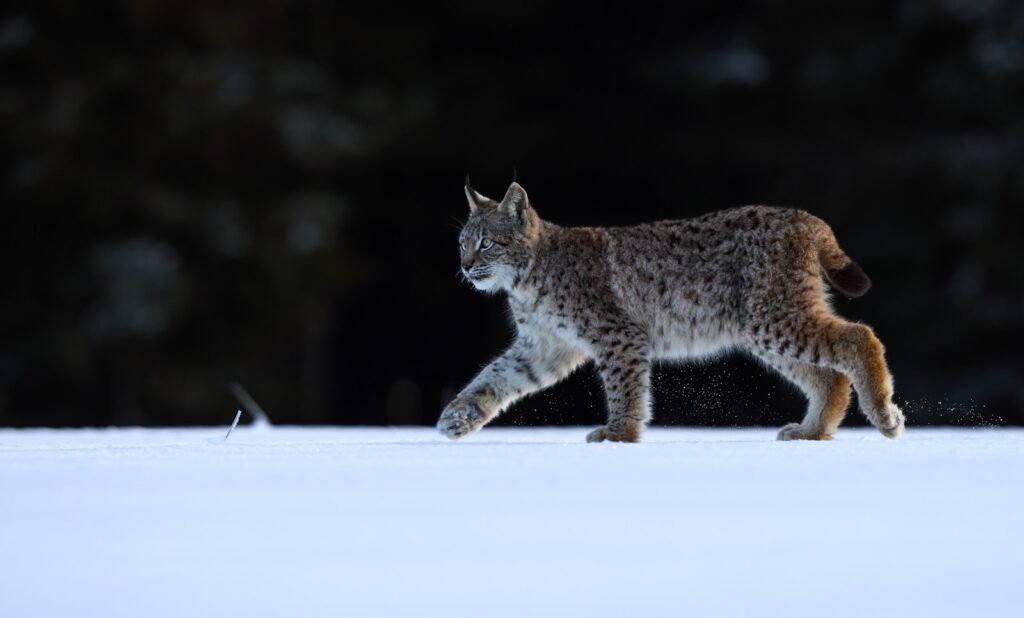
Living among the rugged terrains of Central Asia’s mountain ranges, snow leopards possess extraordinary adaptations for life at high altitudes. Their long, thick fur and dense undercoat insulate them against the cold, while their wide nasal cavities warm the air they breathe. Snow leopards have long tails that provide balance and can wrap around their bodies like blankets to retain heat. Their powerful hind limbs allow them to leap up to 50 feet in pursuit of prey, making them agile and stealthy hunters in rocky landscapes.
Cheetah: The Speed Demon
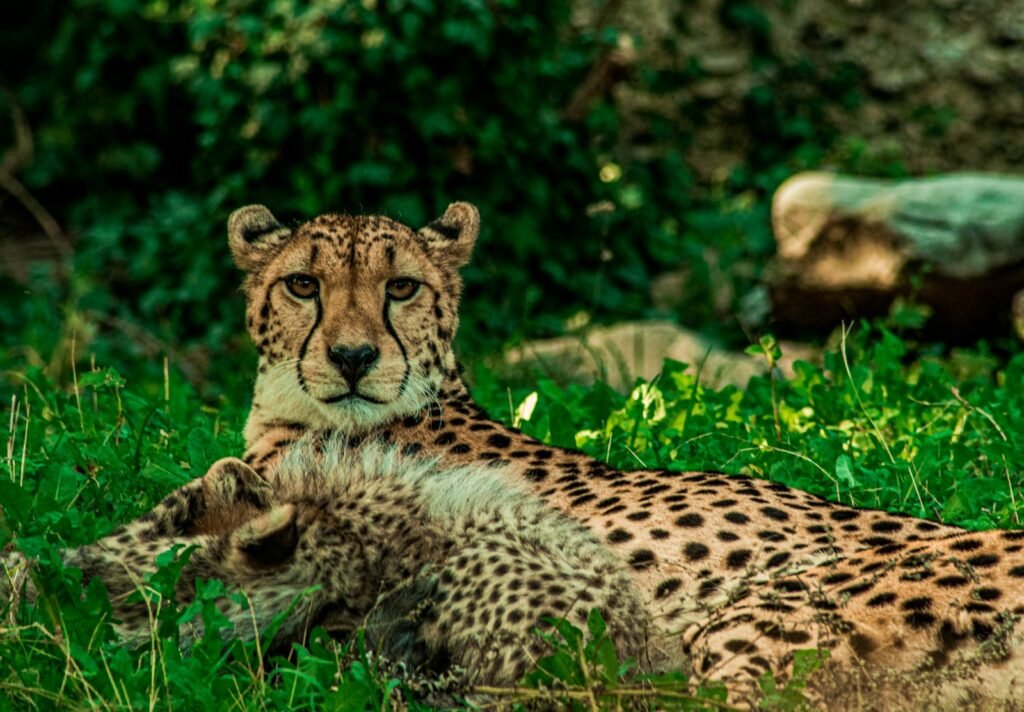
Cheetahs are renowned for being the fastest land animals, capable of reaching speeds up to 75 mph (120 km/h) in short bursts covering distances up to 500 meters. This incredible speed is a result of numerous physical adaptations: lightweight bones, a flexible spine, and large adrenal glands that produce bursts of energy. Their semi-retractable claws provide better grip at high speeds, while their long tail aids in balance and steering during quick turns. Cheetahs rely on their unparalleled speed to outpace and catch their prey in the open savannas of Africa.
Jaguar: The Jungle Powerhouse
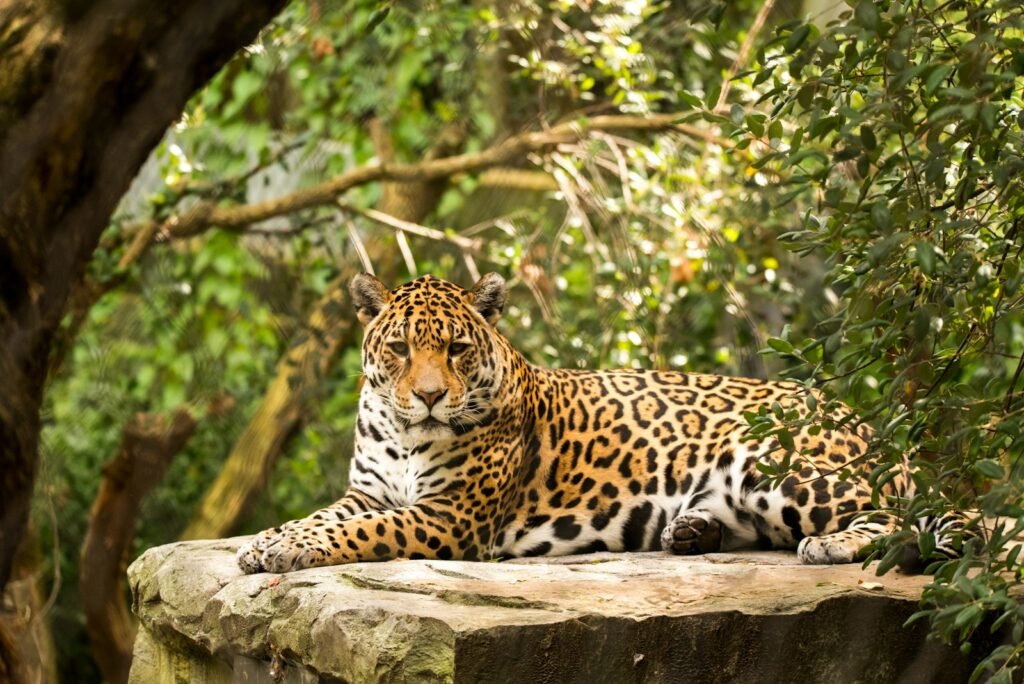
Jaguars are the apex predators of the Amazon rainforest, with adaptations suited for a life in dense jungle environments. Their robust build and powerful jaws allow them to crush the skulls of their prey, a hunting method unique among big cats. Jaguars are excellent swimmers, able to hunt in water and often dragging prey to the rivers from the dense foliage. Their rosette-patterned fur provides effective camouflage amidst the dappled light of the forest floor, making them stealthy stalkers.
Lion: The Social Strategist
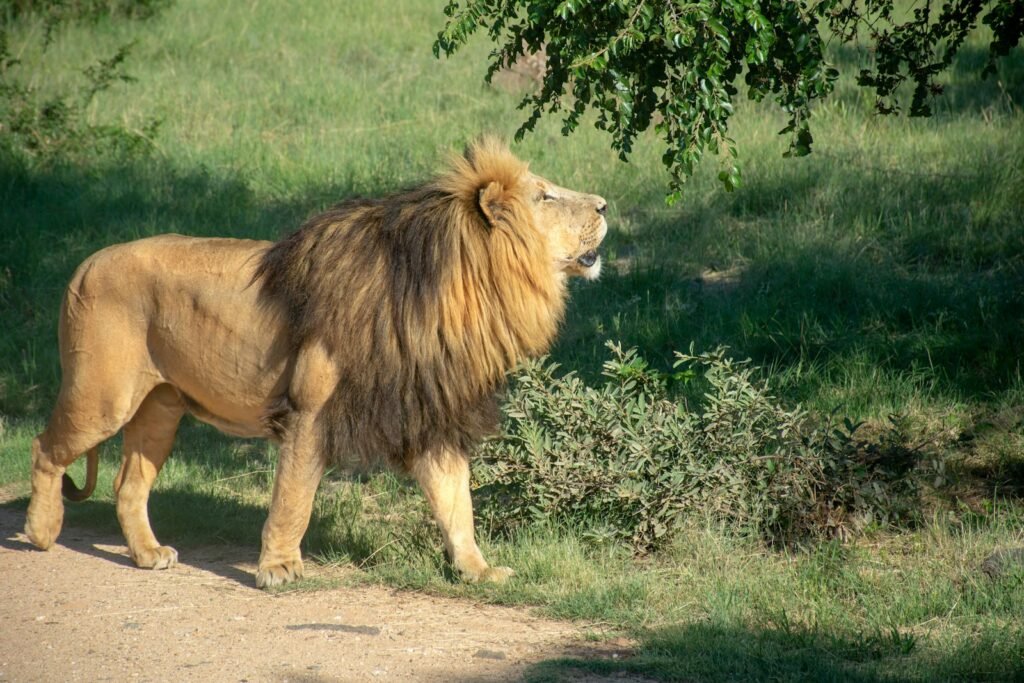
Unlike most big cat species, lions are social animals that live in prides, consisting of multiple females, their offspring, and a few males. This social structure provides numerous benefits, including cooperative hunting, protection of cubs, and territorial defense. Male lions possess a mane, which serves as a display of strength and virility and may protect them during fights. Their coordination in hunting and ability to take down large prey make lions masterful strategists of the African savannas.
Leopard: The Versatile Hunter
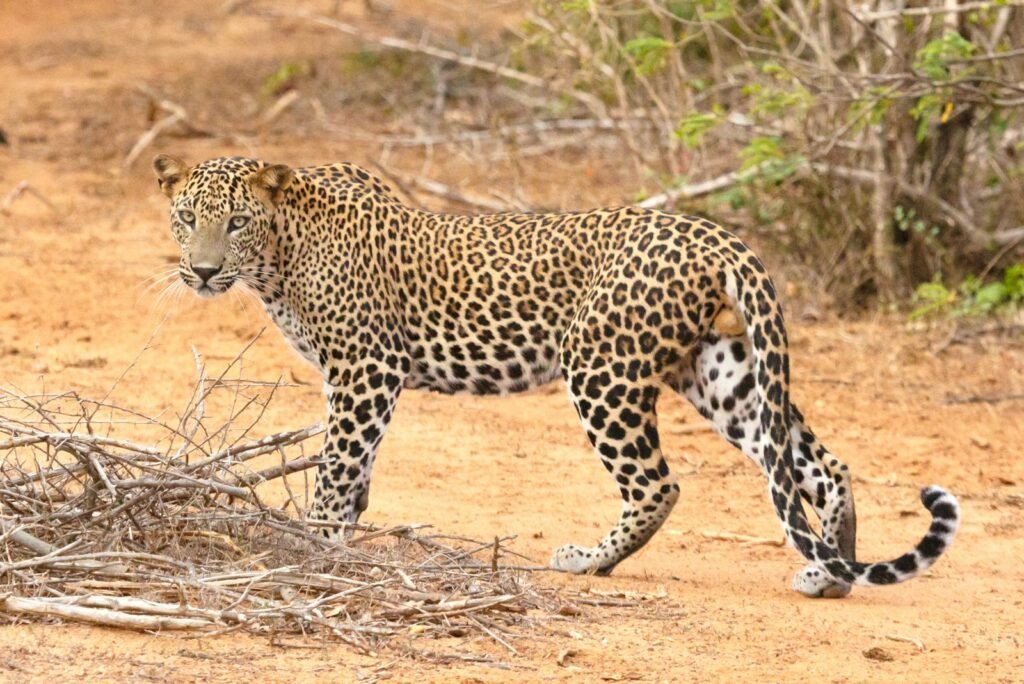
Leopards are highly adaptable hunters found in a variety of environments, from African savannas to Asian rainforests. Known for their remarkable climbing abilities, they often drag their kills into trees to protect them from scavengers. Leopards have a spotted coat that blends seamlessly with their surroundings, providing perfect camouflage in brush and foliage. Their acute senses of hearing and smell make them proficient nighttime hunters, able to stalk and ambush prey with precision.
Cougar: The Stealthy Stalker
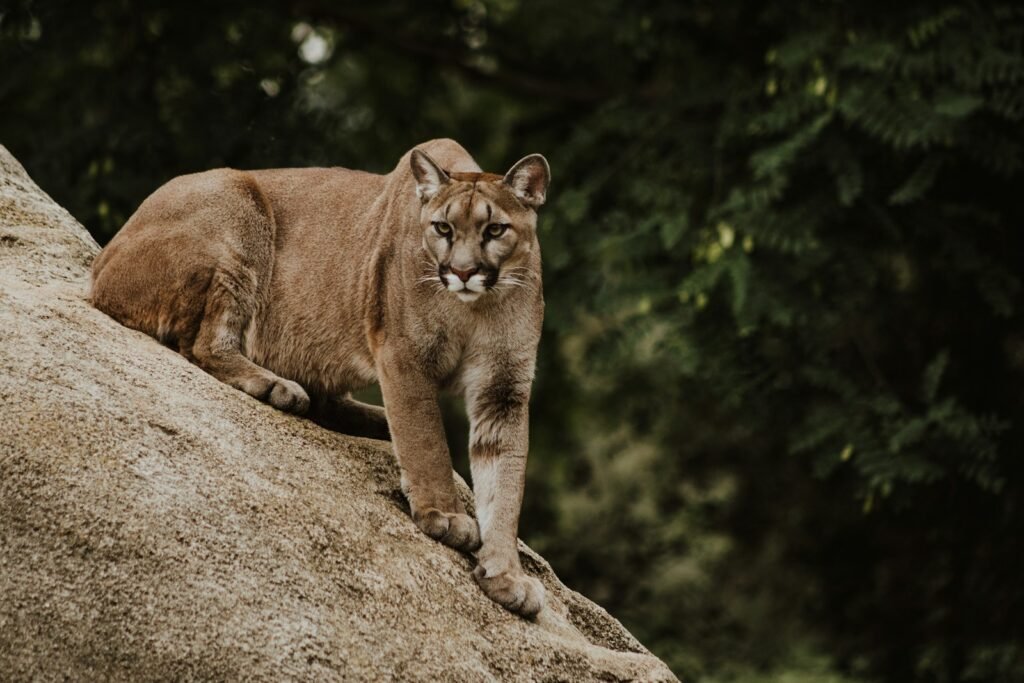
Also known as mountain lions or pumas, cougars are solitary predators with a wide range across the Americas. They possess powerful hind legs that enable them to make significant leaps and sprints to catch prey. Cougars have excellent night vision and acute hearing, which make them effective nocturnal hunters. Their adaptability to different environments, from forests to deserts, and ability to prey on a wide range of animals demonstrate their prowess as stealthy and versatile predators.
In conclusion, the adaptability and evolution of big cats showcase the incredible diversity of life on Earth. Each species, with its specialized adaptations, plays a critical role in its ecosystem, highlighting the importance of their conservation. As we continue to study these magnificent animals, we gain deeper insights into their lives and the natural world they inhabit.

Growing up traveling and experiencing new cultures and wonders, I have had a passion for nature, adventuring, photography, and videography. I am currently working towards a BSc in Biodiversity and Ecology at Stellenbosch University, and I hope to specialise in Marine Sciences one day.
Please send any feedback to Feedback@animalsaroundtheglobe.com






